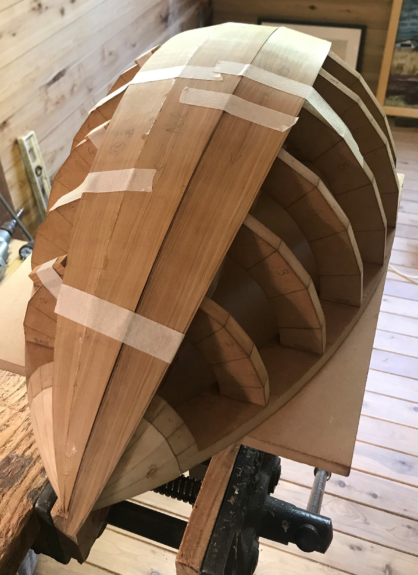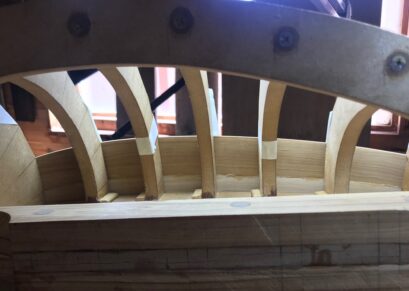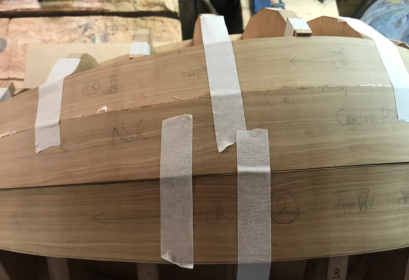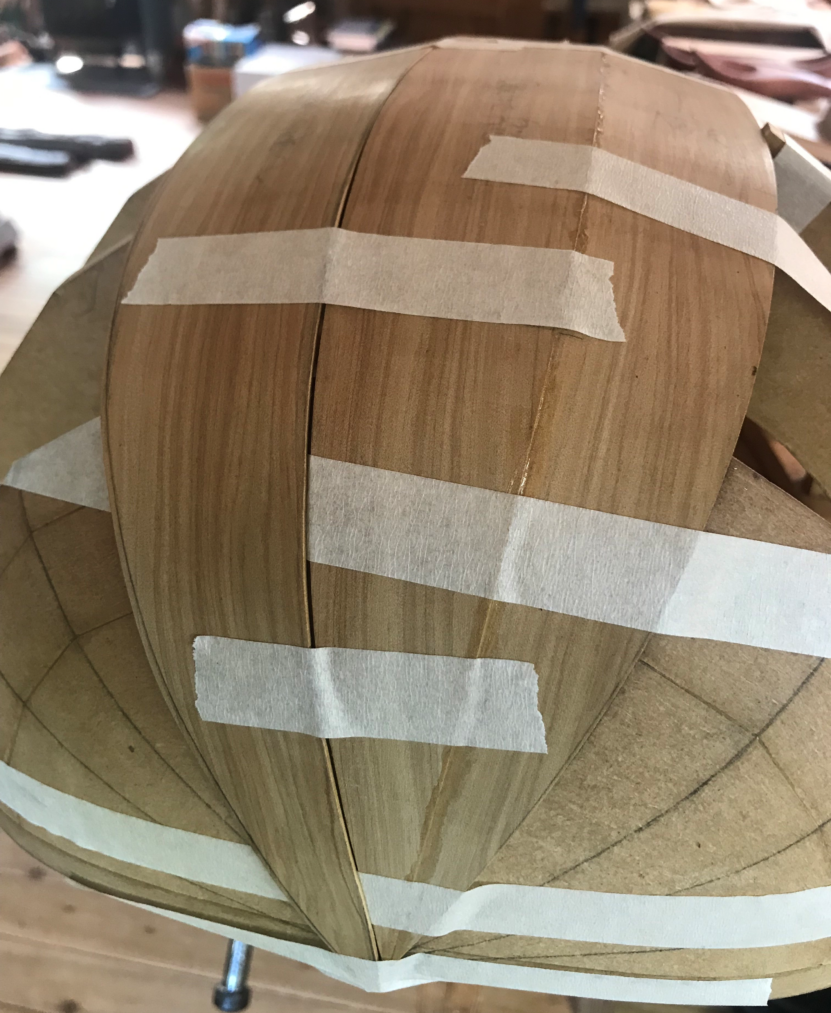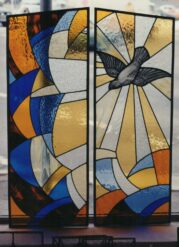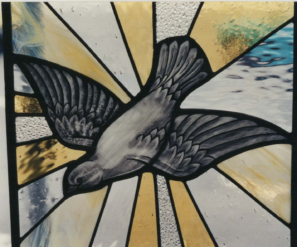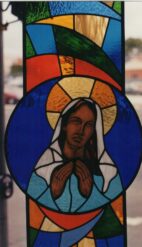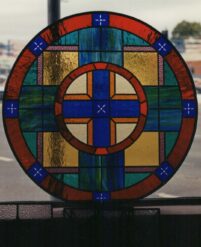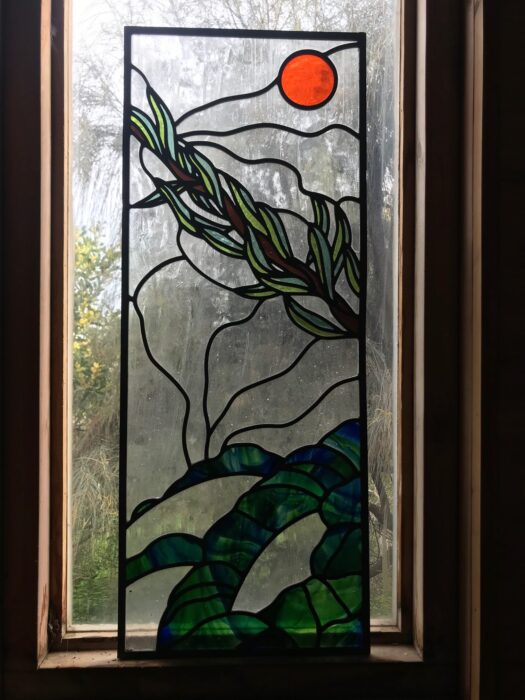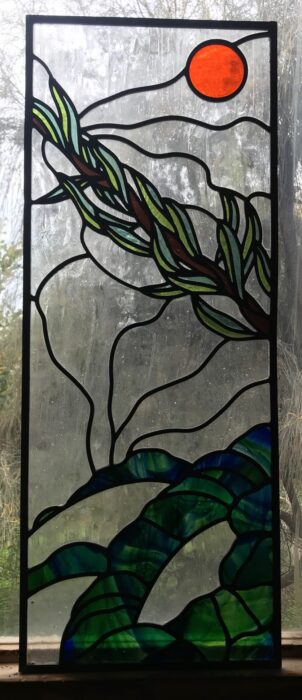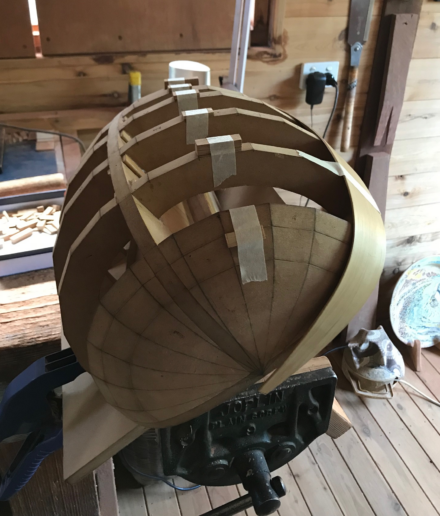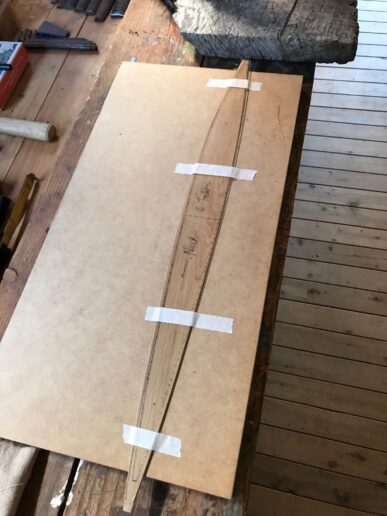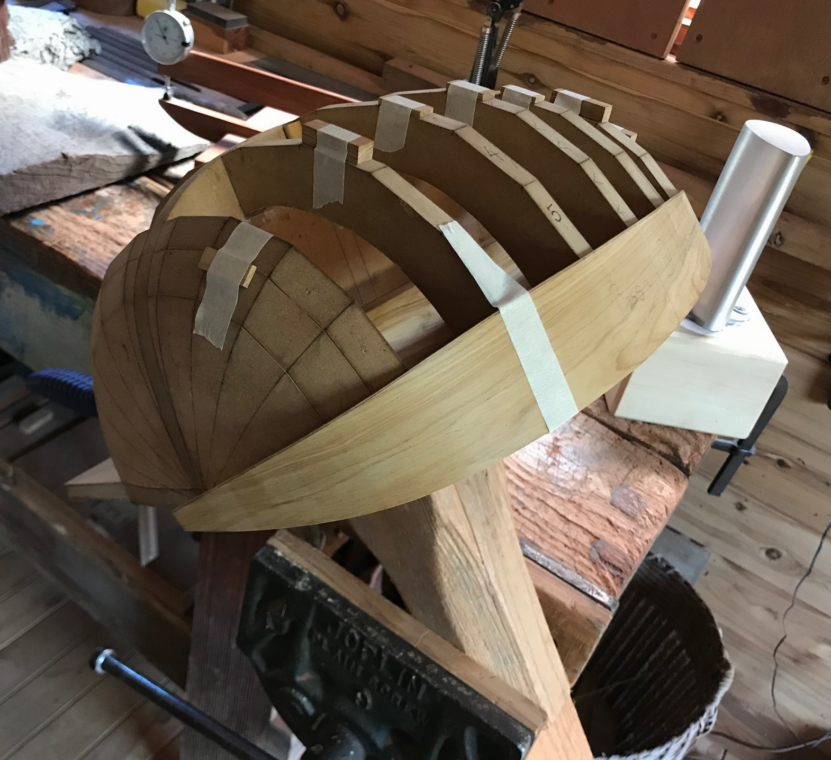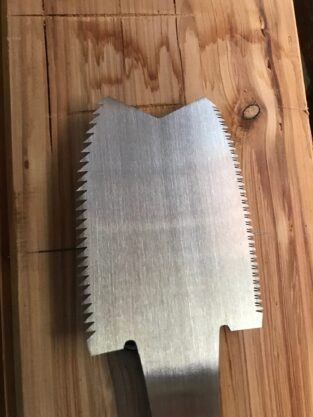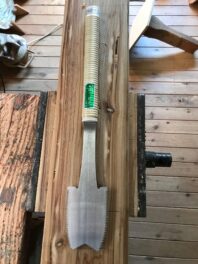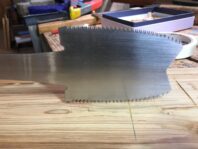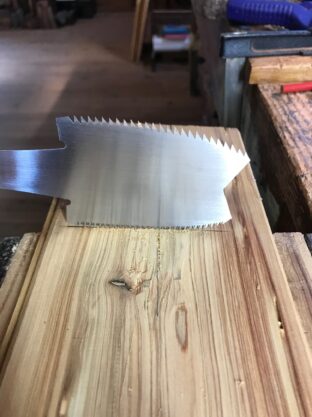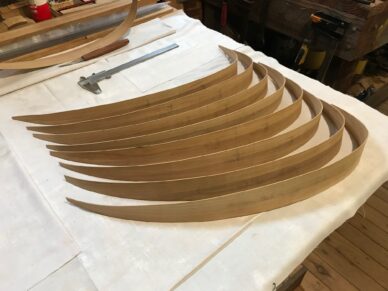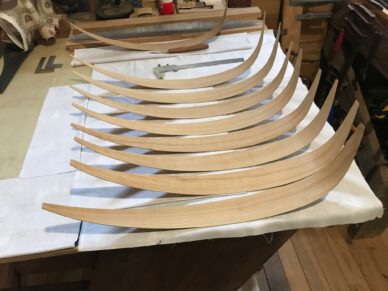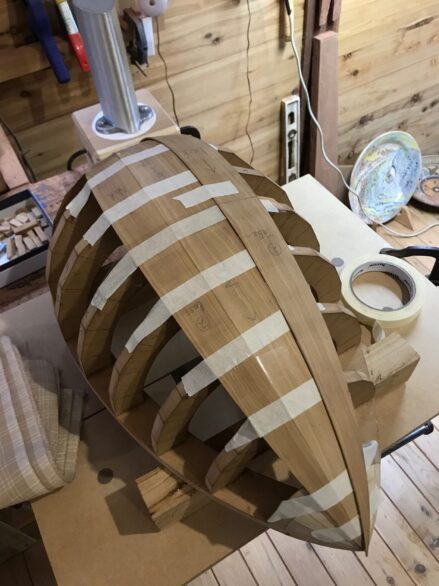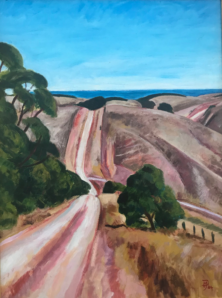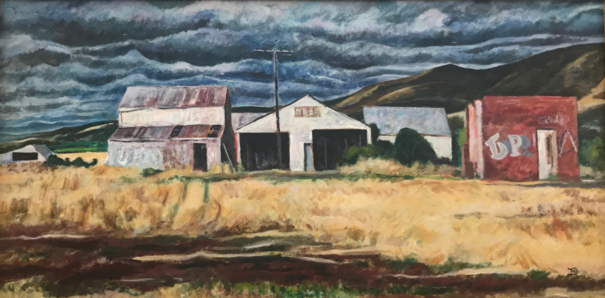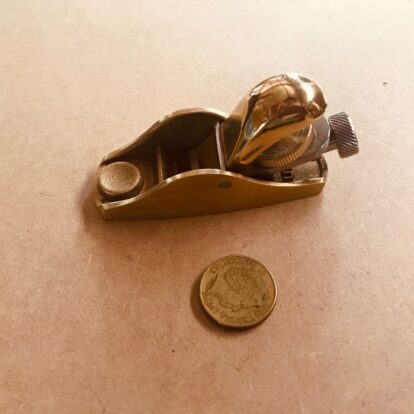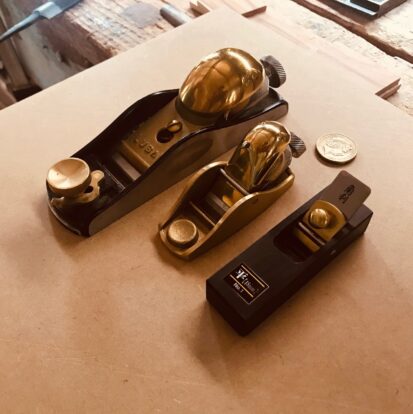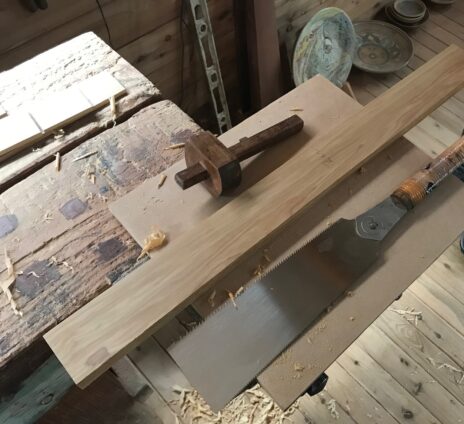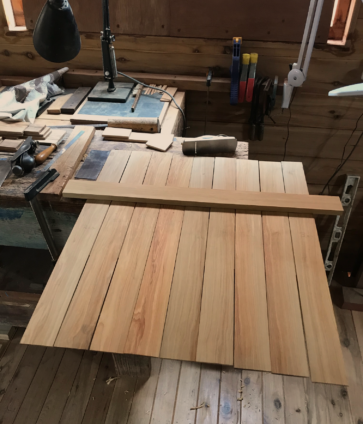A kind and longtime friend recently sent me a bank cheque, along with a written instruction to buy something you need – or else, something you may not necessarily need, but definitely want.
Those who have been following this Boatshed commentary won’t be surprised to learn that I felt more inclined to the second half of the instruction – and as it happens, I had for some weeks been admiring a not really essential block plane at the online shop of Fine Tools Australia.
https://www.finetools.com.au/collections/all
Having persuaded my Credit Union to accept such an unfamiliar, and possibly criminal currency, I secured the diminutive Low-angle Block Plane, made by Qiangsheng Tools Co. China – and as you will see in the first photo (with the dollar coin), it is an adorable and handsome and irresistible woodworking tool.
I can’t understand how I have managed without it for so long.
Already it has proved useful for a range of unnecessary jobs, and I am certain there will be more. It can get into difficult corners; it can plane smoothly across the end-grain; it is a joy to hold and cherish.
And it has settled in comfortably with the little family of Boatshed Block Planes, which grow in number if not size….
